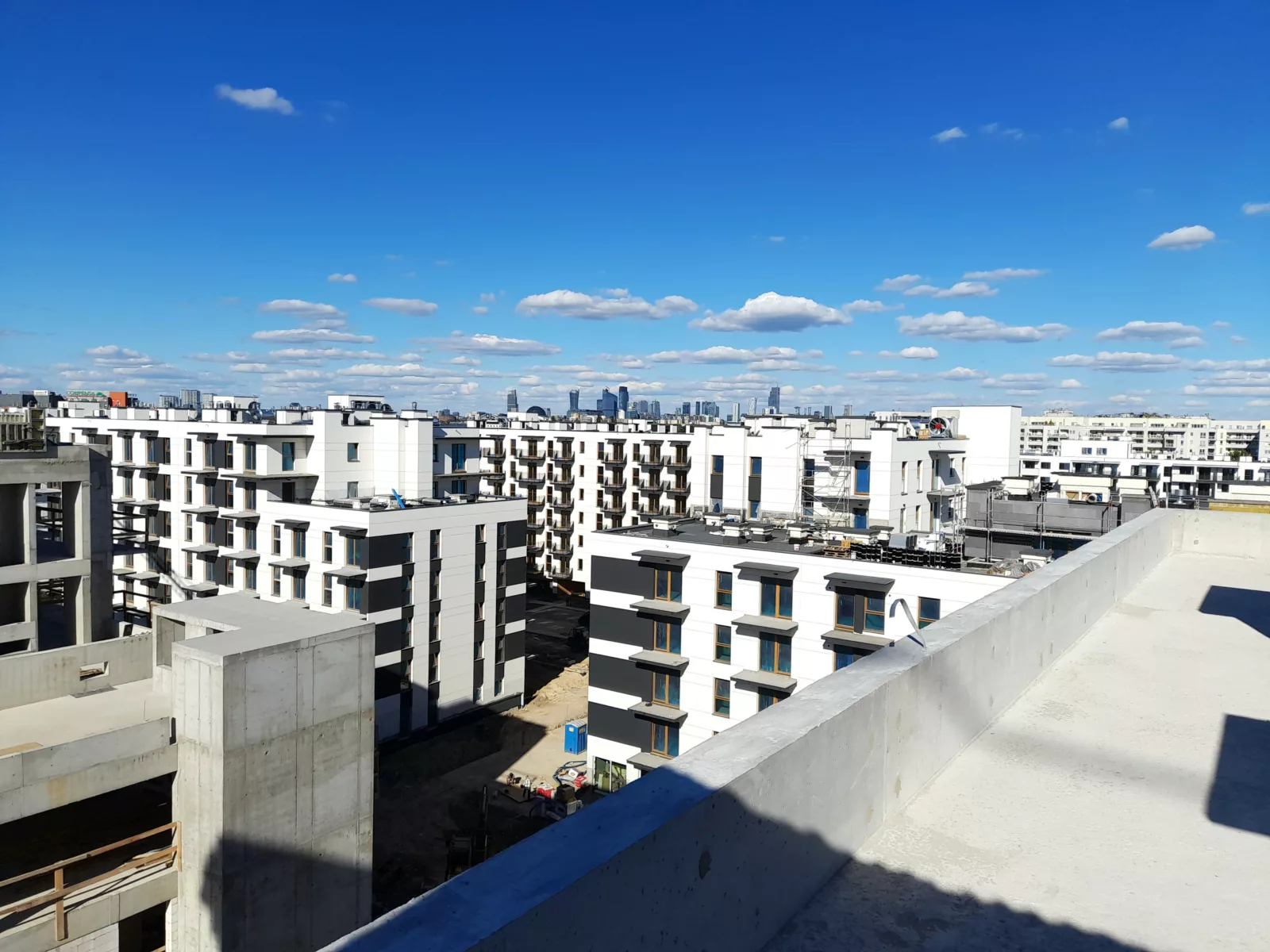Is it possible to solve the housing deficit in our country by settling vacant properties, which the GUS (Polish Central Statistical Office) defines as uninhabited premises? Experts at GetHome.pl website leave no illusions.
“The National Census, conducted in 2021, shows that there were nearly 1.8 million vacant apartments in the country. This information caused a great stir. How is it that we have a huge hunger for flats in Poland, and yet so many are empty? So, a plan to utilize them has already emerged,” says Marek Wielgo, expert at GetHome.pl.
He adds that this reminds him of the proverbial act of prematurely splitting the bear’s skin. The problem is that it is unknown, as GUS did not investigate, what kind of apartments these are. In other words, how many of them can be settled by “forcing” owners, for example, to sell or rent by imposing a tax. The data collected by GUS during the COVID-19 pandemic are rather unreliable. For instance, in Warsaw, according to NSP (National Housing Census), there were nearly 207 thousand uninhabited premises at that time; almost every fifth in the city’s total resources. However, this is contradicted by the current data on electricity consumption. Very low consumption, indicating that the apartment truly stands empty, was observed in 2023 in less than 100,000 cases. We still do not know anything about these premises, whether their owners are just finishing them after receiving keys from the developer, or perhaps they are renovating them or are in the middle of inheritance, sale or rental process. Of course, there are also owners who have inherited an apartment or bought it as an investment, but are afraid to rent it out, due to what they believe to be excessive tenant protection. Marek Wielgo stresses that these kinds of questions and doubts concern all major cities.
Data analysis from GUS in 2022 about the state of housing resources in individual municipalities can be even more confusing. For example, in the capital city, there were almost 1.1 million apartments at that time, of which – pay attention – only about 20 thousand were uninhabited. Interestingly, about 11 thousand of them are owned by the municipality. The rest belongs mostly to individuals (about 5.2 thousand apartments), but also to cooperatives, workplaces, State Treasury, social housing societies (TBS) and “other entities”. Why are these apartments not occupied? When it comes to vacant properties owned by the city, 3.8 thousand are waiting for renovations, and about 3.7 thousand are in such poor condition that they cannot be used for living. It is unknown what the “other reasons” are that prevent handing over the keys to 2.4 thousand apartments in municipal rentals. Furthermore, each municipality must have a pool of vacant premises in case of a disaster like a fire. Warsaw has over a thousand such premises. Of course, these reasons occur in various intensities in different cities. In Łódź, almost 2.3 thousand of over 9.7 thousand municipal vacant apartments are only suitable for demolition.
But that’s not all. In 1523 rural municipalities, GUS in the NSP counted nearly 401 thousand uninhabited premises, and in 1304 urban-rural municipalities – over 339 thousand. Undoubtedly, among them are so-called holiday apartments, which are bought for personal use or made available to tourists during summer or winter. In addition, more and more old, abandoned houses are appearing in the countryside.
“Therefore, it would be nonsense to claim that vacant properties will solve the housing deficit problem in our country. Besides, this alleged deficit, which supposedly amounts to 1.5-2 million apartments, is not real. Similar figures have been quoted for at least several years. The truth is that housing needs mostly exist in cities, especially in the largest ones and their agglomerations. These are the places attracting new residents in search of better living conditions. Meanwhile, many villages and small towns are becoming deserted due to the demographic collapse in our country,” comments Marek Wielgo.
He also emphasizes that the fastest and cheapest way to obtain apartments for families who cannot afford to buy or rent on the free market is the renovation of municipal vacant properties. According to GUS, in 2022, there were nearly 72.9 thousand of them across the country. Renovation is waiting for 26.2 thousand of them. This is roughly the same as all municipalities in Poland (including about a thousand urban and urban-rural ones) have built in the last 14 years. Unfortunately, at least 5.9 thousand vacant properties will have to be demolished. Regarding renovations, the European Union helped municipalities by subsidizing revitalization projects. Additionally, they can apply for budgetary subsidies from the Thermo-modernization and Renovations Fund and the Subsidy Fund at the Bank Gospodarstwa Krajowego. Thanks to this, in recent years, significantly more municipal apartments have been created as a result of renovations than building from scratch. However, it should still be borne in mind that these several tens of thousands of reclaimed vacant properties are little compared to the needs.
According to GUS data, in 2022, across the country, over 126.4 thousand households were waiting for a flat from the municipality. Almost one quarter of all those waiting for a flat in a municipal rental fell on provincial cities.
Author: Marek Wielgo, expert at GetHome.pl.
Source: https://managerplus.pl/pustostany-rozpalaja-oczekiwania-a-jaka-jest-rzeczywistosc-43385
